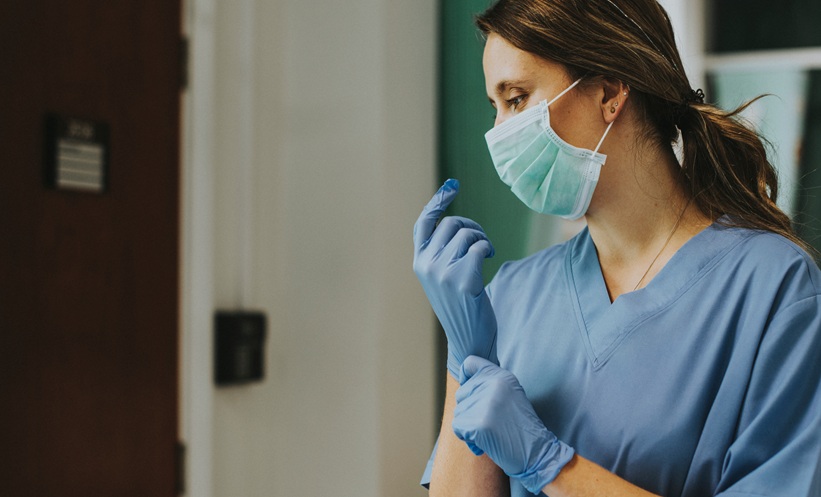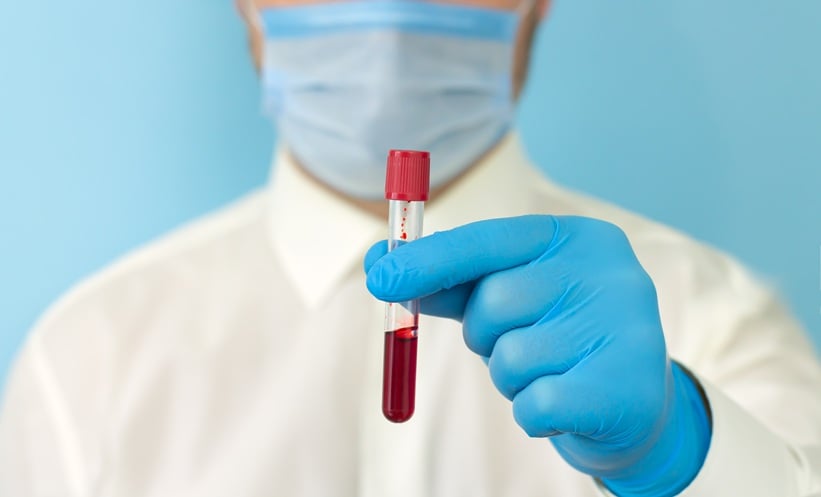A NOVEL, simplified loop-mediated isothermal amplification (LAMP) method for pneumonia pathogen detection has demonstrated significant potential for point-of-care applications in low-resource settings. The study, led by Petr Jeřábek and colleagues, addresses a critical gap in global health, where acute lower respiratory tract infections, particularly pneumonia, remain the leading cause of death in low- and middle-income countries. Current diagnostic methods struggle to differentiate between viral and bacterial causes of pneumonia, often leading to inappropriate antibiotic use and the acceleration of antimicrobial resistance.
This new LAMP-based method provides a rapid and reliable diagnostic solution that does not require the high-cost infrastructure typically associated with PCR-based techniques. In a clinical trial using swab samples, the LAMP method achieved performance comparable to PCR testing but without the need for expensive thermal cyclers, making it a feasible option for resource-limited environments.
Furthermore, the researchers developed an affordable, portable device that simplifies the process, enhancing the method’s suitability for use in low- and middle-income countries where healthcare resources are scarce. This innovation could significantly improve early diagnosis and treatment of pneumonia, reducing unnecessary antibiotic prescriptions and ultimately supporting the fight against antimicrobial resistance.
The team’s work opens the door for widespread use of this simplified detection method at the point of care, providing health workers with a tool that is both accurate and accessible for diagnosing pneumonia in remote settings. This development represents a promising advancement in global health diagnostics, particularly in areas where traditional lab-based testing is often not an option.
Reference:
Jeřábek P et al. Simplified Loop-Mediated Isothermal Amplification-Based Method for Point-of-Care Detection of Pneumonia in Low-Resource Settings. ACS Omega. 2025 Jul 9;10(28):30250-30258.








